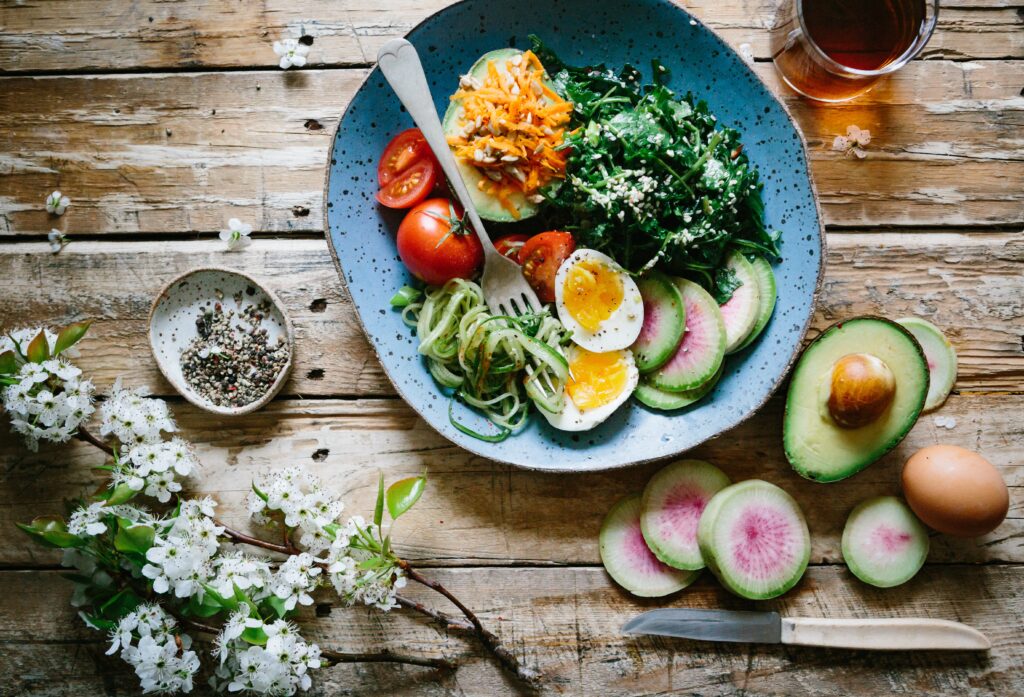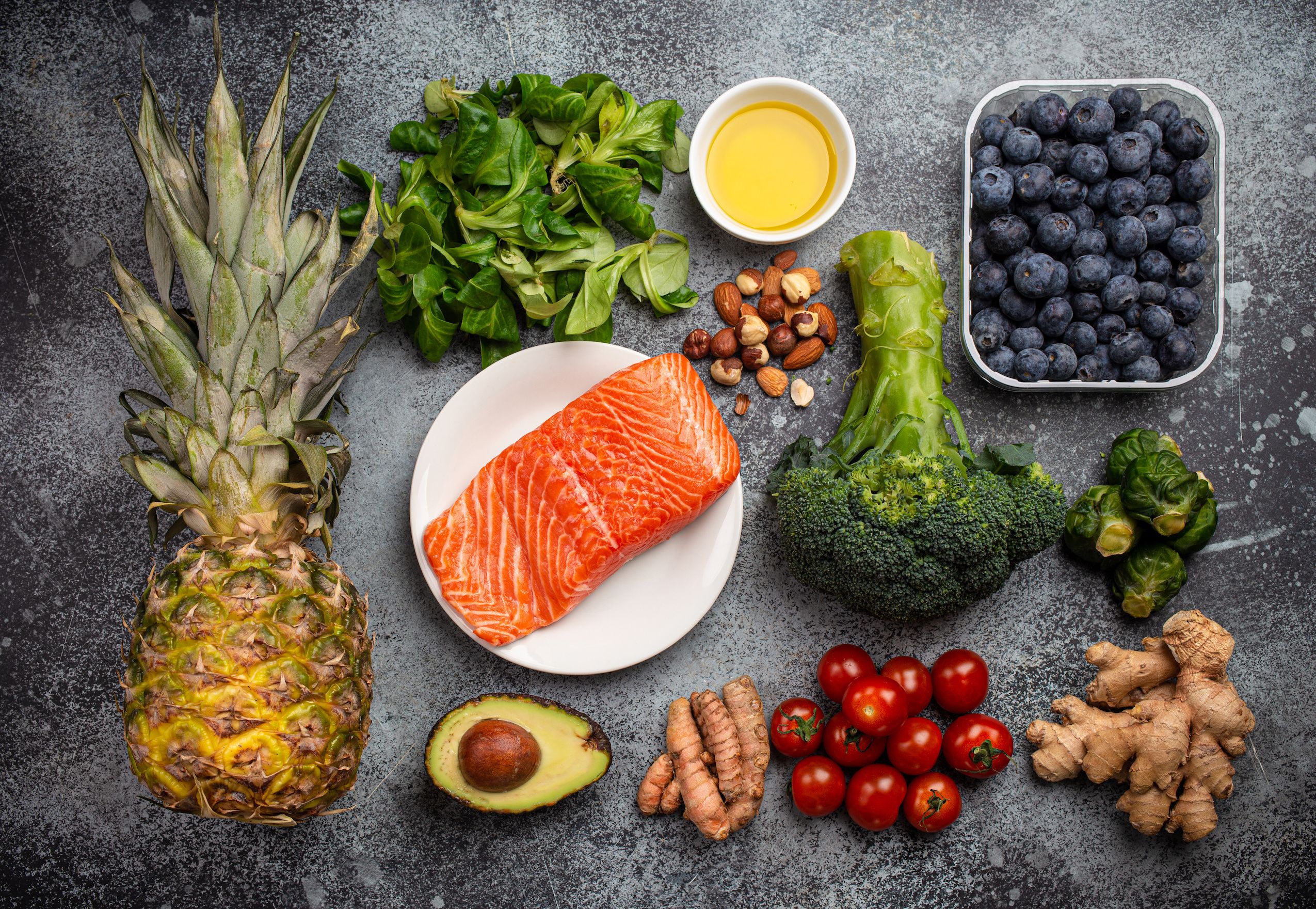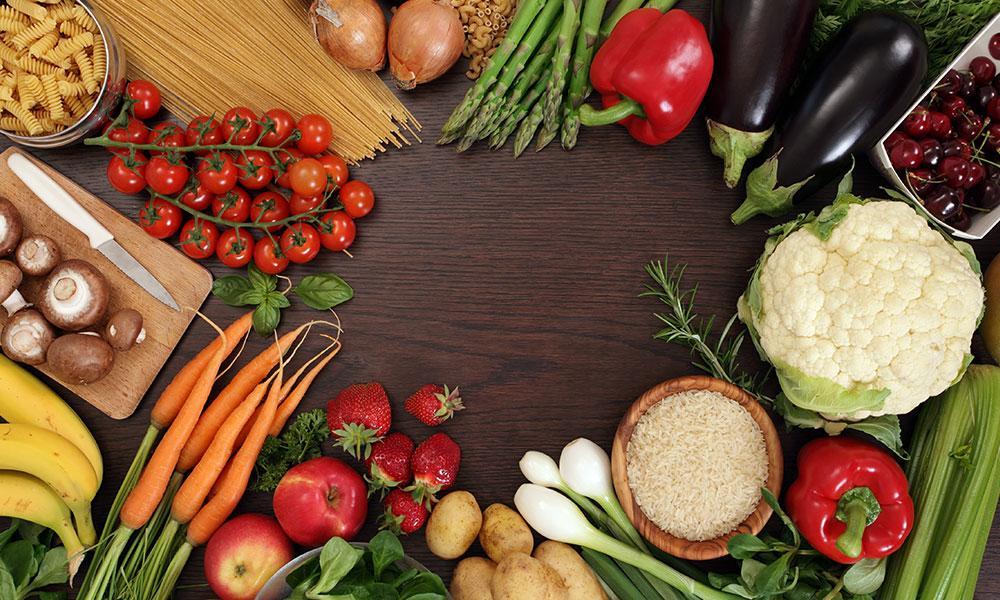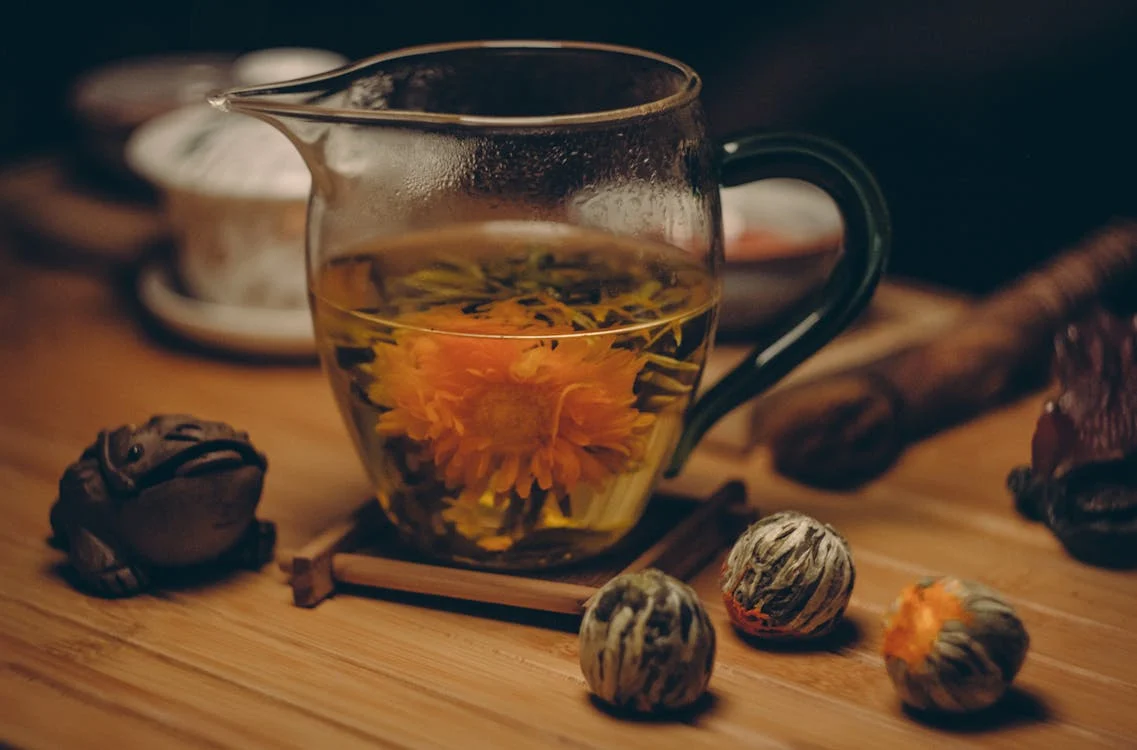Living with joint pain can feel like carrying invisible weight. But the way we eat — slowly, intentionally, and with purpose — can help lift some of that burden.
You don’t need a rigid diet plan or expensive supplements to start feeling better. Instead, think of food as daily care: a quiet way to support your joints, reduce inflammation, and reconnect with your body’s natural rhythm.
Here’s a mindful approach to nourishing your joints through food:
🌿 Begin with Presence, Not Perfection
You don’t have to overhaul your life overnight. Just notice: how does your body feel after eating certain meals? Which foods make you feel lighter, more mobile, more at ease?
🥣 Build Your Plate with Intention
- Half Plants: Fill half your plate with vegetables like broccoli, kale, or red cabbage. These are rich in antioxidants that soothe inflammation.
- A Touch of Fat: Add healthy fats like avocado or olive oil to help absorb joint-supporting nutrients.
- Gentle Proteins: Choose lean, anti-inflammatory proteins like beans, lentils, or fatty fish like salmon.
🍵 Slow Sips, Stronger Joints
Start your day with warm lemon water or a mug of ginger tea. These simple drinks can help reduce morning stiffness and jumpstart circulation.
🌰 Snack with Care, Not Convenience
Trade chips and crackers for a small handful of walnuts or a bowl of berries. Both are powerful inflammation fighters and encourage steady energy without a crash.
🧘♀️ Let Food Support Movement
Movement is medicine for joints, and the right foods make movement easier. After a nourishing meal, try a short walk or light stretching. You may find your joints respond more freely — less creaky, more capable.
💬 A Simple Reminder
You’re not just feeding your hunger — you’re feeding your healing.
Every meal is an opportunity to care for yourself. Not with guilt or restriction, but with gentleness, consistency, and love.





